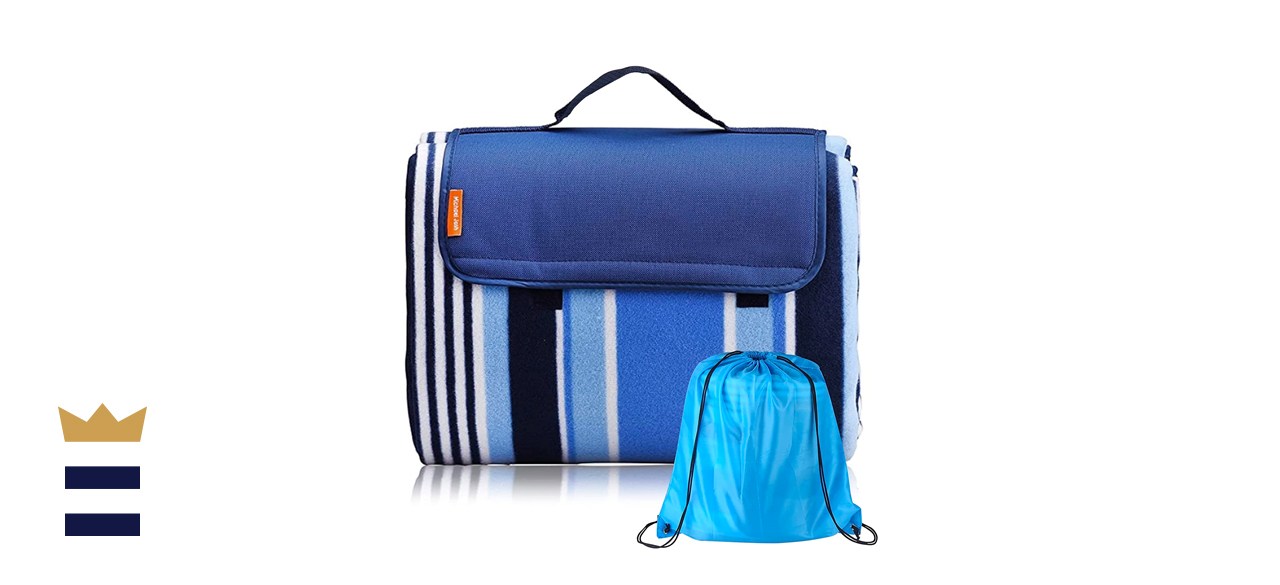Perseid meteor shower 2021
Every July and August, the Earth’s orbit travels through the debris of the Swift-Tuttle comet, resulting in the Perseid meteor shower. If you want to catch the Perseids at their finest, it’s important to know when and where to best watch them and what — if anything — you need.
Luckily, you can spot the Perseid meteor shower anywhere in the world, given the correct conditions. You don’t need anything special to watch them, either, so there’s no cost involved to catch a glimpse.
What is the Perseid meteor shower?
The Perseid meteor shower occurs when the Earth in its orbit passes through the debris left behind by the Swift-Tuttle comet, which also orbits around our sun. As we pass through the debris, some of it enters our atmosphere and burns up, causing the bright streaks across the sky we know as meteors. Although they look impressive, the average piece of debris that enters our atmosphere during the meteor shower is around the size of a grain of sand, so we’re not left with meteorites that hit the Earth.
When is the Perseid meteor shower?
Although you can see Perseids any time between July 17 and August 24, the peak of the meteor shower is on the night of August 11 going into the morning of August 12 and on the night of August 12 going into the morning of August 13. This is when we pass through the dustiest and most densely packed area of the Swift-Tuttle’s debris, meaning you’ll see a greater number of meteors per hour.
So, what time is the Perseid meteor shower? In the Northern hemisphere, you can see a few Perseids as soon as the sun sets, while in the Southern hemisphere, you’ll need to wait until after midnight. Wherever you are in the world, the peak of the meteor shower is between 2 a.m. and dawn. Not the most sociable of hours, but it’s a spectacle worth staying up late or waking up early for.
Why is it called the Perseid meteor shower?
When you trace the trajectory of the meteors in any given meteor shower, they all appear to have come from one point in the sky. This is called the radiant point, or simply the radiant. The radiant point of the Perseids appears to be in the Perseus constellation. Of course, the stars in the Perseus constellation are many light-years away, so the meteors don’t actually come from these stars, they just appear to come from that position in the night sky.
Do I need special equipment to watch the Perseids?
What’s great about meteor showers is that they’re totally visible with the naked eye, so you don’t need any special equipment to view them. While binoculars and telescopes are great for general stargazing, you’ll see a smaller area of the sky when looking through them, so they’re not ideal for watching meteor showers. If you’re going to spend a couple of hours outdoors watching meteors, however, you’ll probably want to bring some warm clothes, something to sit or lie on and maybe some snacks like Clif Bars to keep you going.
What are the best conditions for viewing the Perseids?
If you want to see the Perseid meteor shower, it must be a clear night. The less cloud cover, the more meteors you’ll be able to see. If the sky’s completely covered in cloud, it’s best to postpone watching the meteors until another day. You’ll also get a better view with less light pollution, so those who live in a city or large town should try driving 20 to 30 minutes out of town to a secluded spot. It can take 15 to 30 minutes for your eyes to adjust to the darkness, so settle yourself down, look up and wait it out. Refrain from looking at your phone as this will interfere with your night vision.
What’s so special about viewing the Perseid meteor shower?
You often hear lots about the Perseids, but not so much about other annual meteor showers, such as the Lyrids, Taurids or Geminids. There are a couple of reasons for this. In the Northern hemisphere, the Perseid meteor shower falls during the summer, when temperatures are milder and people don’t mind spending an hour or two outside in the middle of the night. Plus, many kids are on summer vacation and able to stay up late, making it a great meteor shower for families to watch together. Additionally, the Perseids are faster and brighter than the meteors in most other showers, with a greater rate per hour, making them an impressive sight to behold.
What you need for watching the Perseid meteor shower
Michael Josh Large Outdoor Picnic Blanket
The best way to watch the Perseids — or any meteor shower — is lying on your back, looking straight up at the sky. This picnic blanket is soft with a water-resistant backing, so it’s perfect for meteor-gazing.
Where to buy: Sold by Amazon
Coastrail Outdoor Reclining Patio Lounger Chair
If lying on the ground on a picnic blanket isn’t your style, you might be more comfortable on a reclining lawn chair. This one reclines up to 170 degrees — almost completely flat.
Where to buy: Sold by Amazon
THERMOS Stainless King Vacuum-Insulated Drink Bottle
It can get cold at night, even in August, so you might appreciate bringing a Thermos bottle full of tea, coffee or hot chocolate with you when you head out to watch the Perseids.
Where to buy: Sold by Amazon and Bed Bath and Beyond
Madison Park Liquid Cotton Luxury Blanket
Going out to watch the peak of the meteor shower between 2 a.m. and dawn? You’ll thank yourself for packing this soft, cozy blanket to keep you warm while you’re out there.
Where to buy: Sold by Amazon and Bed Bath and Beyond
Sign up here to receive the BestReviews weekly newsletter for useful advice on new products and noteworthy deals.
Lauren Corona writes for BestReviews. BestReviews has helped millions of consumers simplify their purchasing decisions, saving them time and money.
Copyright 2021 BestReviews, a Nexstar company. All rights reserved.






